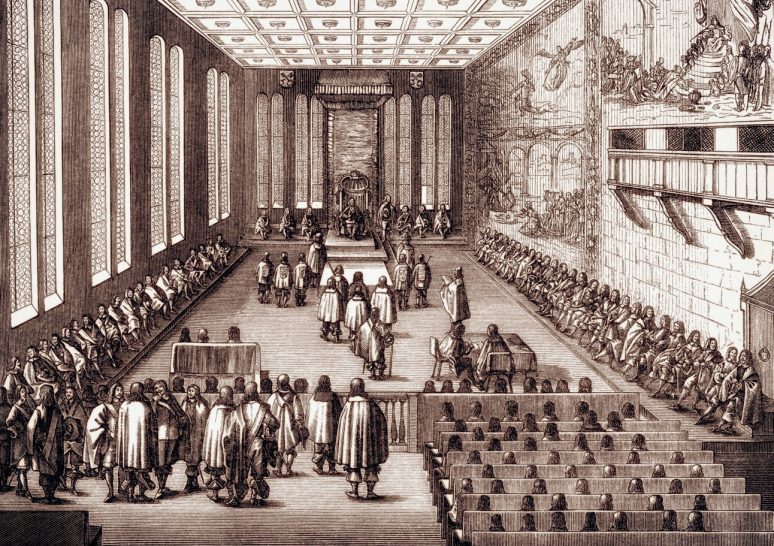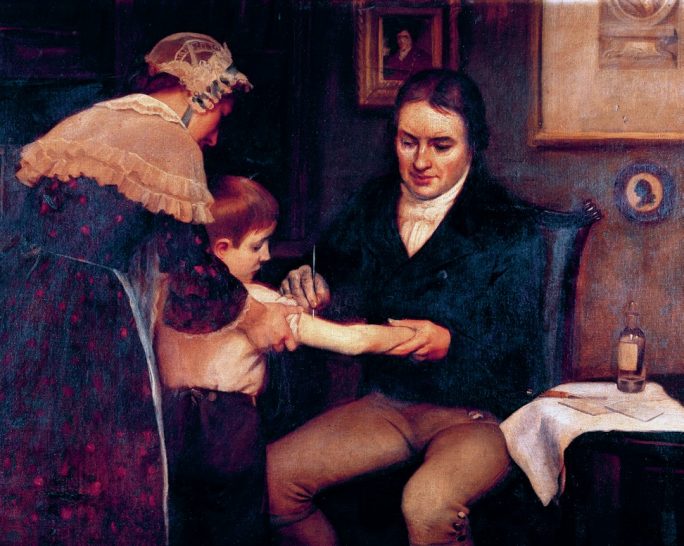
When was the last time you sent someone a text message? In 2012, Ofcom estimated that most teenagers sent 30 texts every day. Now imagine, instead of simply reaching for your phone, you needed to walk down to the local rail station or post office, fill in a form and pay £5 for every 10 words you wanted to send. Your friend would then have to wait for a messenger to pick up the telegram and deliver it, by hand, to their address. Although this may seem cumbersome today, in the 1850s, people believed that this revolution in communication would transform commerce and promote world peace.
The telegraph was not invented by a single person, although Samuel Morse is now thought of as ‘the father of telegraphy’. Instead, it was created multiple times by different scientists and inventors across Europe and North America in the late-eighteenth and early nineteenth centuries. Before the telegraph, messages could only be sent as fast a person could run or ride a horse. A telegraph (tele for ‘at a distance’ and graph for ‘write’) would allow messages to be sent much faster, saving lives and winning wars.
Your organisation does not have access to this article.
Sign up today to give your students the edge they need to achieve their best grades with subject expertise
Subscribe




